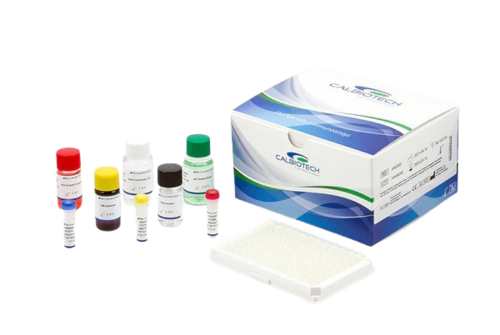Call us
08045816757

Systemic autoimmune disease is characterized by the presence of circulating auto-antibodiesdirected to a wide variety of cellular antigens. Systemic lupus erythematosis (SLE), commonlyreferred to as Lupus is the best known of these diseases. Other possible connective tissuediseases include mixed connective tissue disease (MCTD), Sjogren syndrome, sclerodema, andpolymyositis/dermatomyositis. The majority can be diagnosed by clinical presentation and theirantibody profiles to the various antigens involved, which include dsDNA, SM, RNP, SSA, SSB,Scl-70, Jo1 and Histones. Therefore, immunoassays for autoantibodies are useful for diagnosticand prognostic evaluations of autoimmune disease. SSA (Ro) antigen (60kd) and 52 kdpolypeptides complexed with Ro RNAs are detected in about 75% of primary and secondarySjgren syndrome, In >90% of subacute cutaneous lupus and in the vasculitis-associatedSjgren syndrome, SS-A autoantibodies are present and are accompanied in 50% by SS-B/Laautoantibodies. The coexistence of SSA and SSB autoantibodies probably reflects the presenceof these polypeptides on the same particle and the spreading among autoimmunity to these selfantigens.
PRINCIPLE OF THE TEST
Diluted patient serum is added to wells coated with purified antigen. IgG specific antibody, ifpresent, binds to the antigen. All unbound materials are washed away and the enzymeconjugate is added to bind to the antibody-antigen complex, if present. Excess enzymeconjugate is washed off and substrate is added. The plate is incubated to allow the hydrolysis ofthe substrate by the enzyme. The intensity of the color generated is proportional to the amountof IgG specific antibody in the sample.

Price: